
Ever taken a bite of something so good that it made you feel like royalty? Turns out that feeling used to be off-limits—literally. Long before grocery stores and food delivery, some of the most mouthwatering treats were reserved for kings, queens, and the ultra-elite. So, let’s look at ten foods that were once only for the ruling class.
Foie Gras
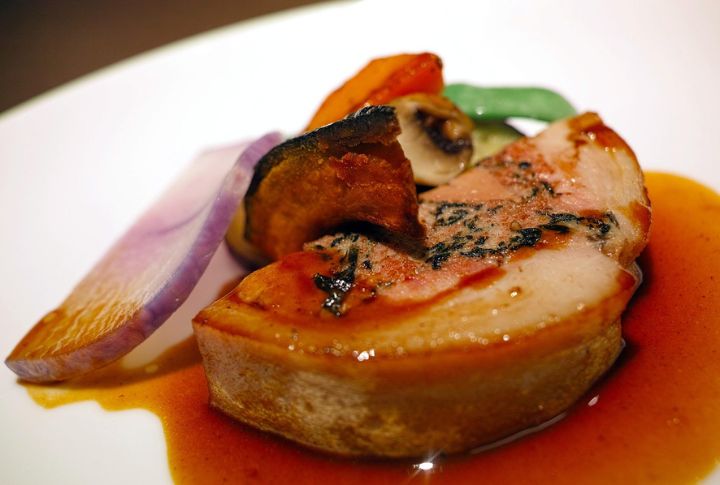
Regarded as a symbol of French luxury, foie gras has graced royal tables for centuries. The delicacy is made from the fattened liver of geese or ducks, a practice dating back to ancient Egypt. Kings and emperors considered it an exquisite indulgence, often served during grand banquets.
Caviar
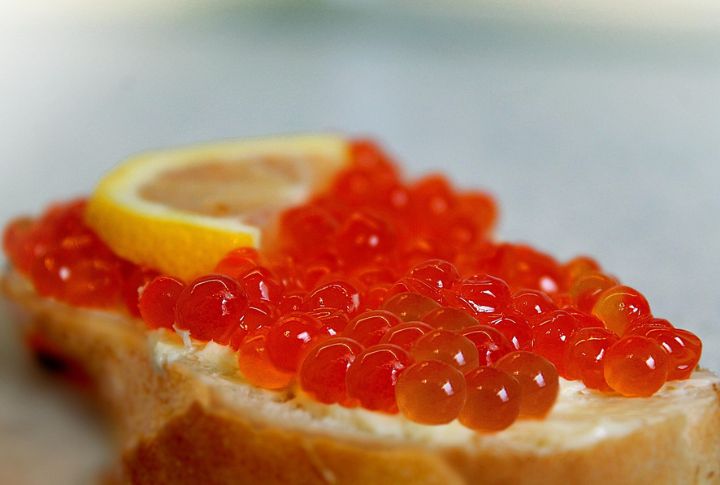
Caviar, once reserved for Russian czars and European monarchs, comes from the eggs of sturgeon. It became synonymous with aristocracy in the 18th century, representing wealth and sophistication. What’s fascinating? The finest caviar still comes from Caspian Sea sturgeon.
Truffles
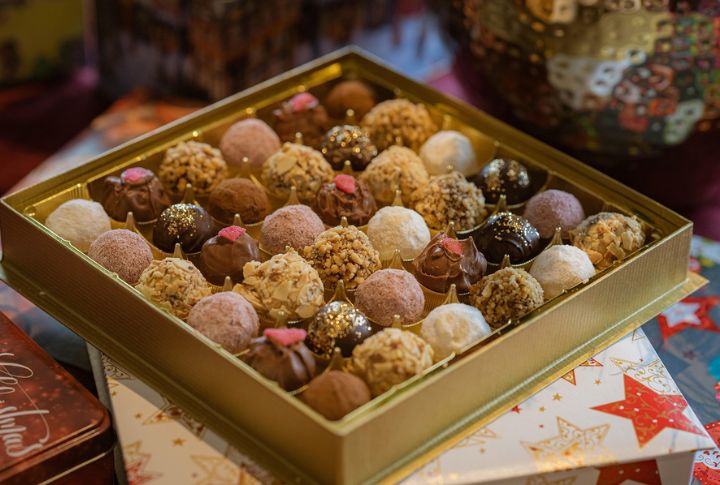
Truffles are not just a fungus but a royal treasure! Ancient Romans and French monarchs adored these earthy morsels, often found with the help of pigs or dogs. These rare fungi were so valuable that they were once worth their weight in gold. Who knew mushrooms could be so fancy?
Saffron
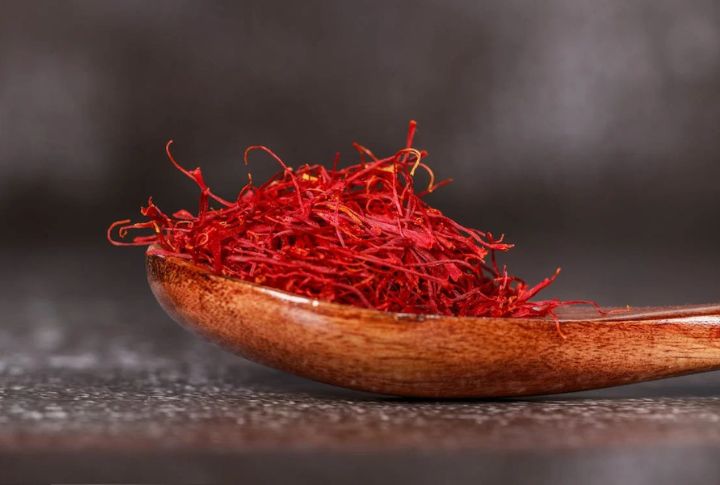
Saffron’s vibrant yellow hue and distinctive taste made it a favorite among ancient royalty. The spice, derived from the crocus flower, was reserved for Persian kings and Roman emperors. Its rarity, requiring thousands of flowers to yield a single pound, made it a symbol of wealth.
Wagyu Beef
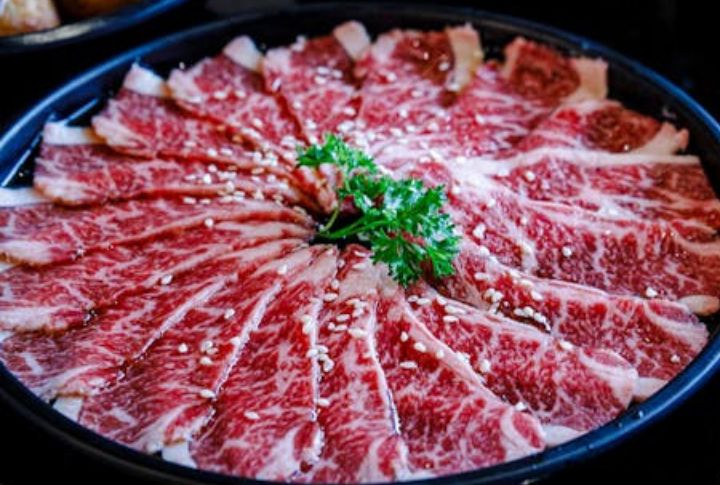
Japan’s Wagyu beef, known for its intricate marbling and buttery texture, was traditionally exclusive to Japanese emperors and nobility. Raised in specific conditions and fed a diet of rice straw, Wagyu beef’s price reflects its meticulous production. Today, you can still find this premium beef in high-end restaurants.
Venison
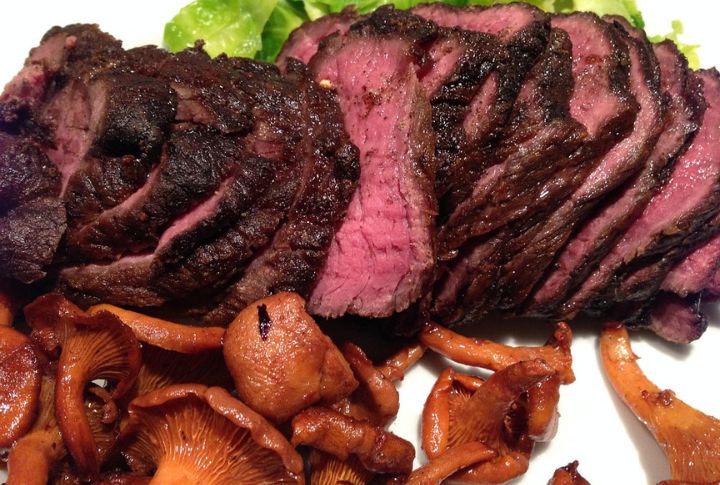
Venison, a popular dish among medieval royalty, was often served at grand feasts throughout Europe. Kings and queens would host lavish hunting parties, with the hunt itself being a spectacle. Only the wealthy had access to this tender meat.
Lobster
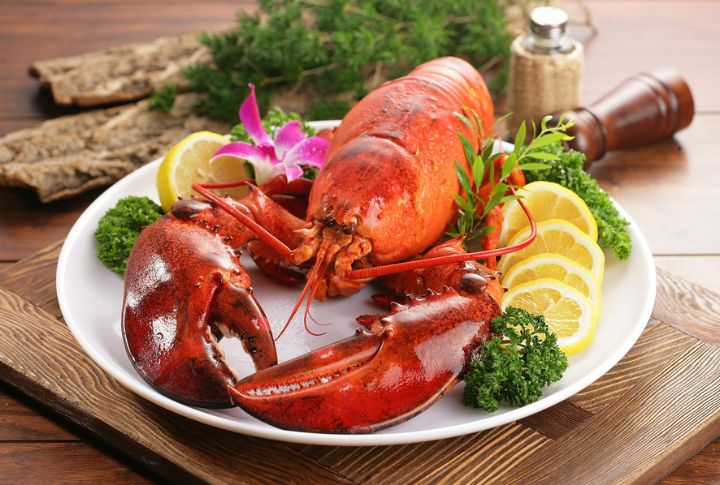
Once considered a poor man’s food, lobsters were so abundant in the 19th century that they were eaten by lower-class laborers. Over time, they became the indulgence of European royals. Isn’t it amazing how perceptions of food can change over time?
Chocolate
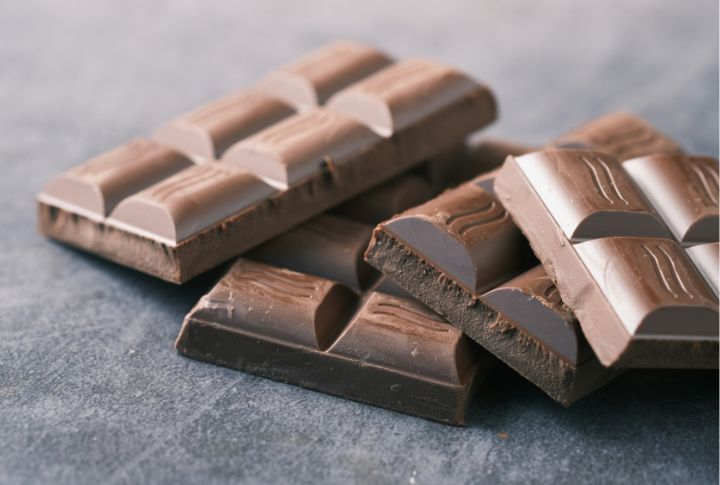
Introduced to Europe by the Aztecs, chocolate was initially enjoyed by their emperors and priests in ritual ceremonies. By the 16th century, European royalty was sipping chocolate in royal courts. The complex blend of cocoa and spices was reserved for the elite, making it the perfect indulgence.
Gold Leaf
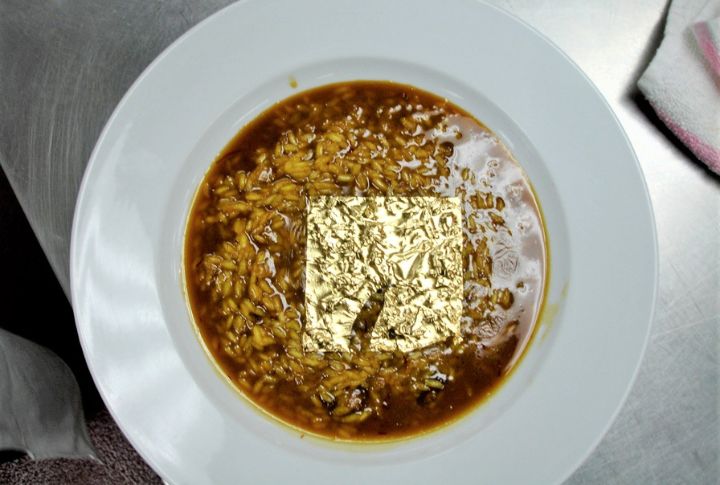
Used sparingly in royal feasts, gold leaf has long been a symbol of wealth and power. Early monarchs and emperors would adorn their foods with delicate golden sheets. Plus, gold has been said to symbolize purity, which makes it a fitting decoration for royalty’s finest dishes.
White Asparagus
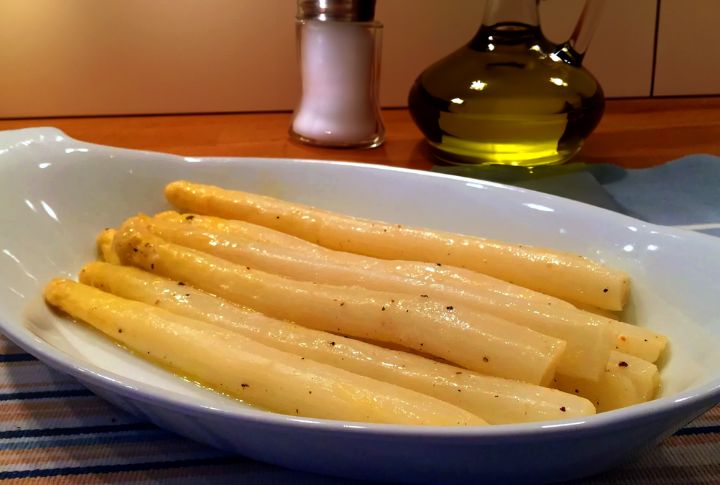
Cultivated in secrecy to prevent sunlight from turning it green, white asparagus has long been associated with European royalty. Particularly favored by French and German courts, its tender, delicate flavor made it a prized spring vegetable. In fact, only the nobility could afford this time-consuming cultivation process.

